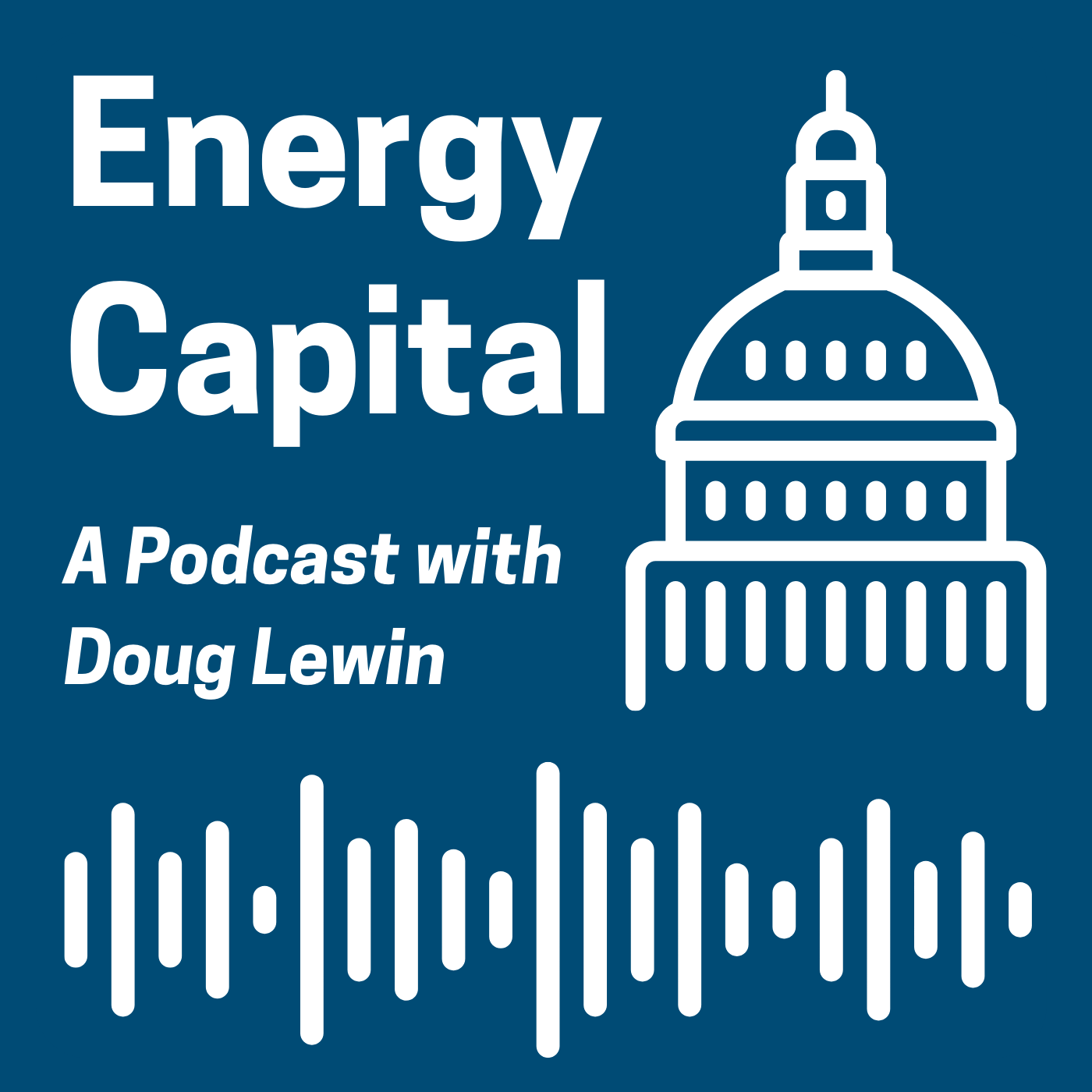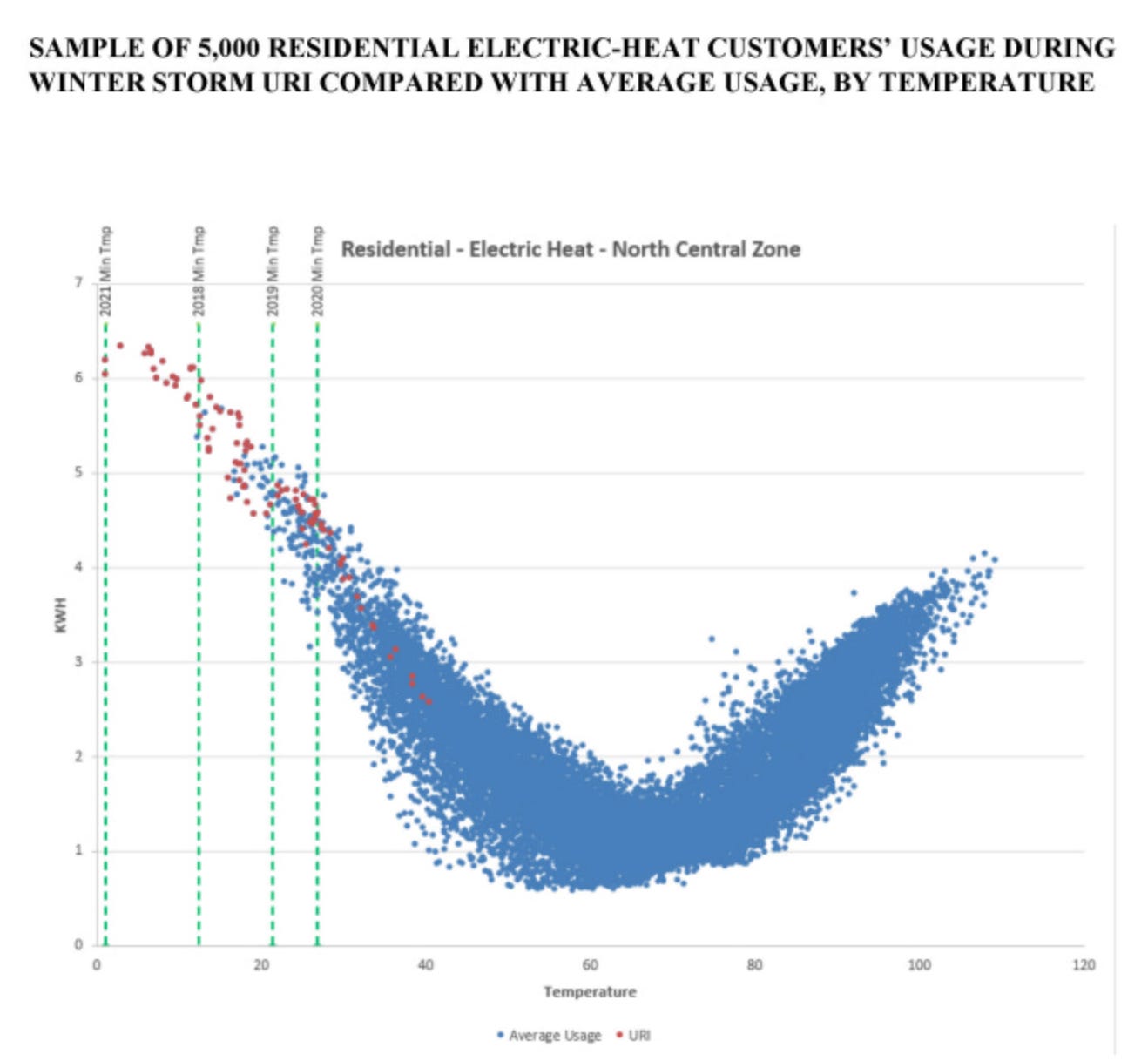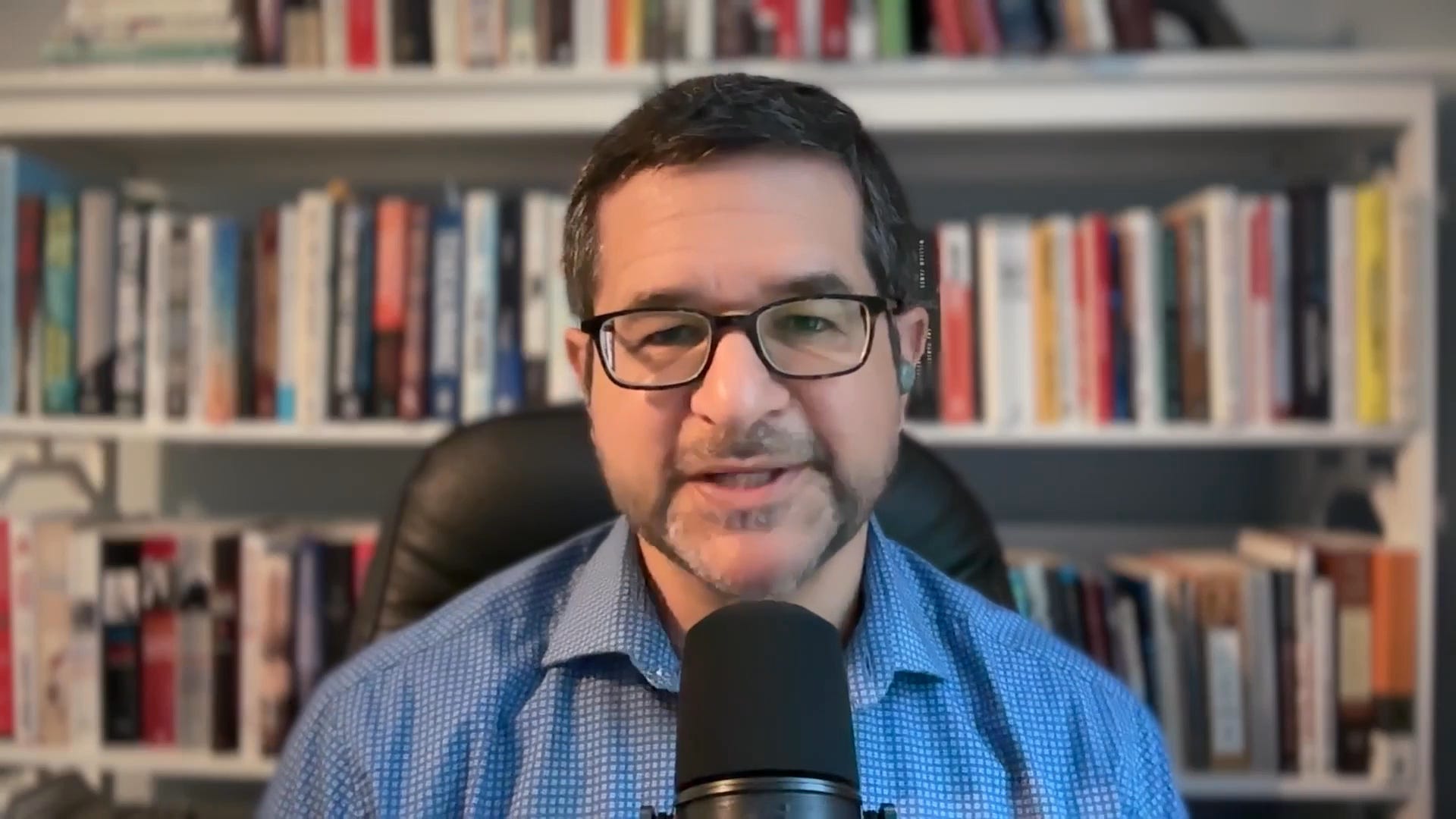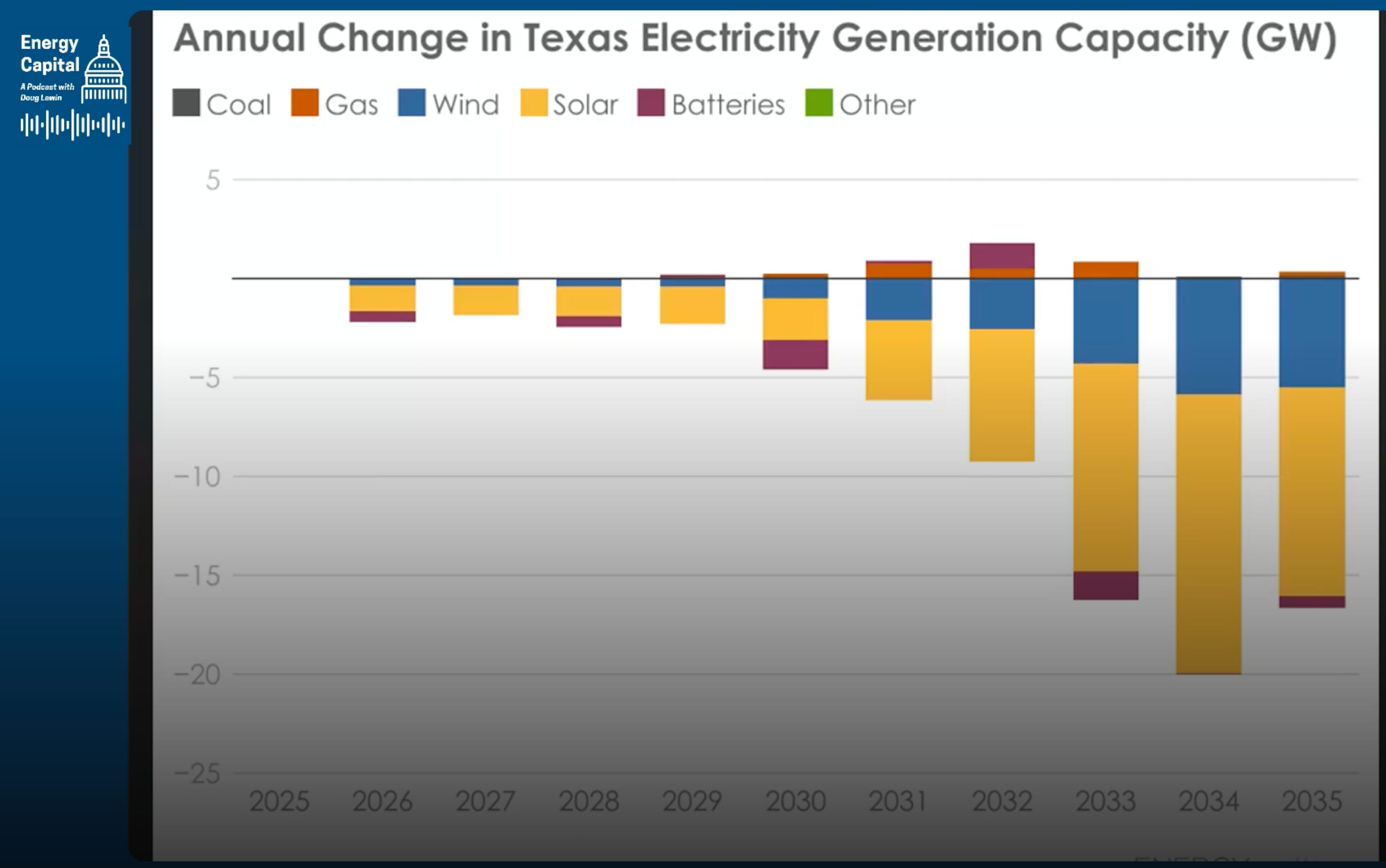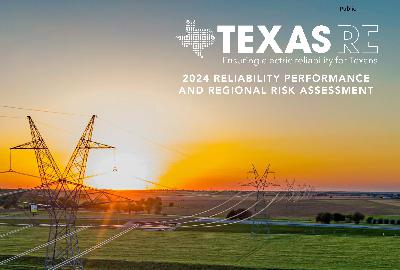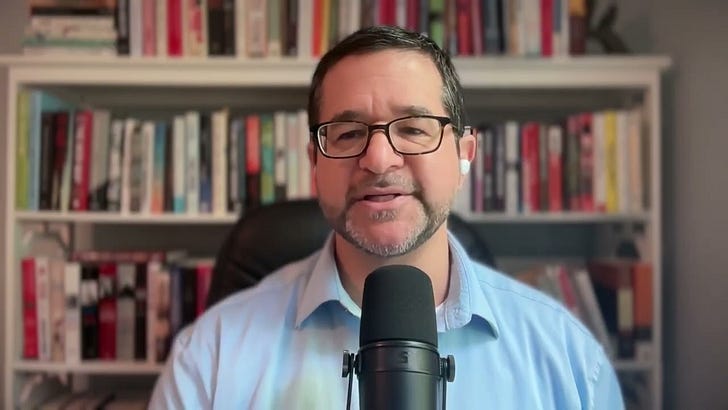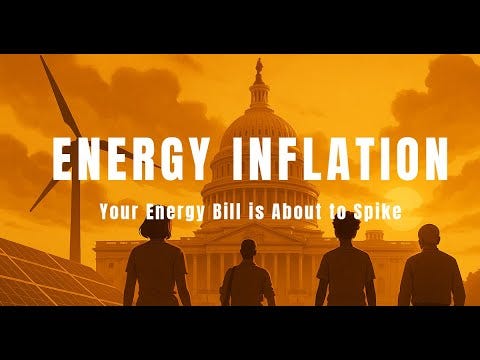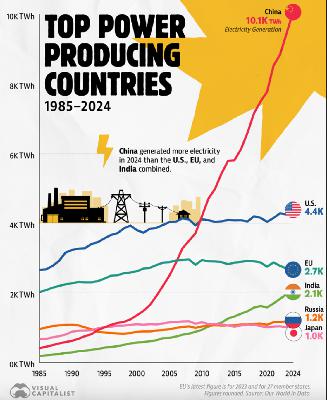Shape Load Perfectly, Inject Energy Optimally with Sonnen's Blake Richetta
Description
We’re on the verge of one of the biggest energy shifts in decades: the increasing use of demand side resources.
They’re often referred to as Virtual Power Plants, or VPPs. Add together thousands of rooftop solar installations and home batteries and you reach levels of power equal to medium sized power plants. They add power capacity, can provide key grid support in ancillary services, and give consumers uninterrupted power during outages of any kind.
Unfortunately, the budget bill passed yesterday by the Senate would make this much harder. (We talked about the bill and its implications but we recorded on June 23 before we knew how bad it would actually be.)
VPPs are already working in Texas, and started to gain momentum.
This week on the Energy Capital podcast, I spoke with Blake Richetta, CEO of Sonnen USA, and one of the most forward-thinking leaders in the clean energy world. We broke down what’s happening in Texas, why the rest of the country isn’t paying attention, and what’s at stake if we get this wrong.
The Big Idea: Solar Alone Isn’t Enough. Batteries Make It Work.
Blake lays it out clearly: The economics of rooftop solar by itself don’t work very well. You need a battery to make the math work.
At midday, solar power is often so abundant it’s not worth much on wholesale markets. But during the evening — when people are getting home, turning on ACs, cooking, watching TV and the sun is setting — prices rise.
A battery allows you to store cheap solar and sell it when it matters most.
As Blake put it, that allows you to shape load perfectly and inject energy optimally.
It’s not only a savings strategy; it’s also a boon to grid reliability.
And if thousands of homes do this together? You’ve got a power plant, one that’s already connected, decentralized and closest to load, and can scale to solve some really difficult locational problems on the grid.
What’s a VPP, and Why Are Texas Homeowners Getting One for No Upfront Cost?
This isn’t theoretical. This is live in Texas.
Sonnen and their Texas partner, SOLRITE, have already deployed over 3,000 residential batteries into a fully operational Virtual Power Plant. Here’s what makes it different:
* A zero-upfront-cost offer for homeowners
* 40 kWh, 9.6kW battery storage system: bigger than what most homes get
* A locked-in energy rate (~12¢/kWh with a small escalator), generally lower than market prices
* The ability to participate in grid services without even noticing
Texans get resilience and savings. The grid gets flexibility and stability. The model works.
Key Takeaways
* Batteries unlock the real value of solar: economically and operationally.
* Texans want energy independence and resilience to extreme weather events, and this model delivers it.
* Competitive markets enable this kind of innovation in Texas in a way other states can’t match.
* The grid gets stronger when consumers get stronger.
* The President and Congress are poised to significantly slow down what Texans are doing.
What Comes Next
Sonnen and SOLRITE are betting big on a Texas-led VPP revolution. But there’s still work to do:
* Unlocking distribution-level grid value (like locational value and deferred infrastructure costs)
* Expanding ADER pilot (aggregated distributed resource) programs
* Supporting U.S.-based battery manufacturing to reduce foreign dependency
* Ensuring that federal policy doesn’t kill the momentum just as it starts to scale.
Texans remember what it feels like when the power goes out. VPPs offer a smarter, cleaner, more resilient future, without needing to sacrifice freedom or reliability.
We finally have the technology.We finally have the market model.Now we need the political will to help Texans strengthen themselves and strengthen the grid, too.
Timestamps
00:00 – Introduction03:00 – How Sonnen helped develop Virtual Power Plants and paired solar w/ storage06:00 – Using Texas’ competitive market to make VPPs available for $0 upfront cost12:00 – Consumers’ cost to get a VPP through a retailer and a “VPA”17:00 – How VPP economics work for Sonnen and its partners (hint: it’s the batteries)19:30 – The market is sending signals for “firming” right now22:00 – The resiliency benefits of solar & storage, advantages over generators26:00 – Grid following vs. grid forming batteries for backup power32:00 – ADER pilot in Texas, grid services from VPPs33:30 – Fundamental goal: shape load perfectly and inject energy optimally37:00 – The potential to monetize the distribution value of VPPs and ADERs41:00 – How Distribution System Planning using DERs could lower costs45:00 – Tapping into locational and temporal value of distributed energy51:00 – Why some utilities make the leap to VPPs and tap the value of DERs55:00 – How vertically integrated utilities in Texas could benefit from VPPs57:30 – Implications of federal budget bill on residential DERs (as of June 23)1:02:00 – How market value can, in time, replace tax credits1:03:30 – sonnen’s manufacturing in America to realize the tax credit adder sonnen’s manufacturing in America to realize the tax credit adder1:05:00 – Final thoughts on being a “disruptor” in the market
Resources
* Sonnen USA (home battery & VPP solutions)
* SOLRITE Texas Virtual Power Plant
* SOLRITE + sonnen VPA launch (January 2025)
* Utility Dive: Texas grid-optimizing VPP details
* Abundance + SOLRITE + sonnen VPP collaboration
* 25D Residential Clean Energy Tax Credit (IRS)
* SEIA: 25D Solar Tax Credit explainer
* Senate’s “One Big Beautiful Bill” tax credit updates
* Reuters: U.S. Senate adjusting rooftop solar line in budget bill
* AP News: Senate GOP solar & wind incentive cuts
* Reuters: Rooftop solar firms warn House bill would set back sector
* We’re Not Relying on the Texas Grid This Summer. Michael Hardy, Texas Monthly.
Transcript
Doug Lewin (00:07 .928)
Virtual power plants have massive potential to make the grid more reliable and resilient and lower costs for consumers. But all that hangs in the balance. Welcome to the Energy Capital Podcast. I'm your host, Doug Lue, and my guest this week is Sonen CEO, Blake Richetta. Sonnen is a German manufacturer doing a large business in the United States, particularly in Utah, California, Texas.
Doug Lewin (00:36 .114)
among their leading states. We recorded this on the 23rd. So just about a week ago and just at the very point that the Senate language was starting to come out, we were actually recording in the morning, so that language wasn't out yet. We were not able, obviously, to talk about the very latest of what is going in the Senate as this podcast is dropping. That said, it is highly relevant.
Doug Lewin (01:04 .299)
because we did talk about the threat to the tax credits that help people get solar in storage at their homes. So when the next hurricane or ice storm or whatever it is hits or just a general power outage, which happened all the time, 95 % of them are on the distribution grid. And it's just because the wind blows really hard. A storm comes through, lightning hits a transformer, whatever it might be that knocks the grid out. People want to have solar and storage at their home.
Doug Lewin (01:32 .91)
It's good for them to have that resilience. It's also good for the grid when those distributed assets can participate to support the grid. This is something Blake and I got into in great detail. I learned a ton, as you'll hear. A lot of times, asked questions about things I didn't understand. Learned a lot from Blake and really exci

